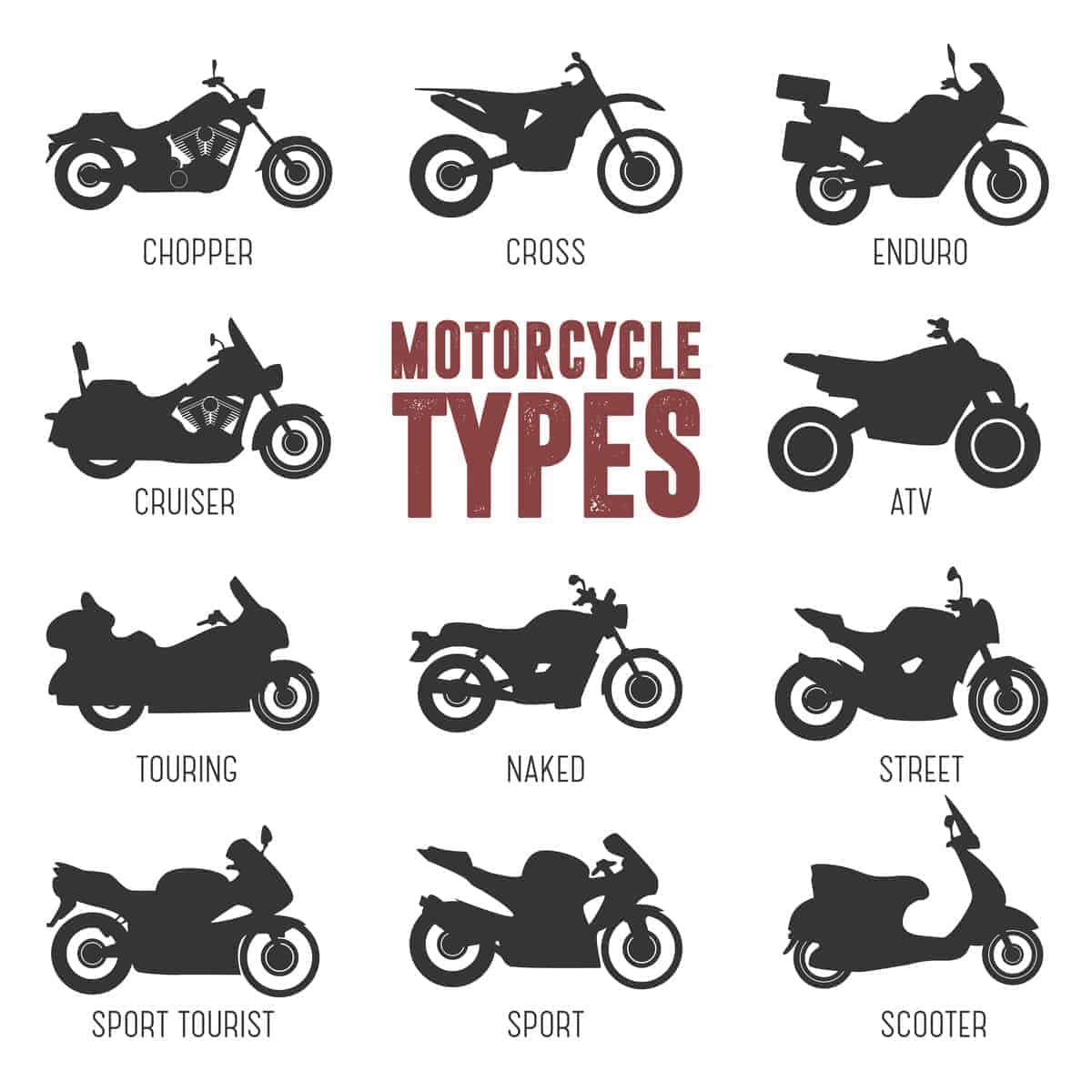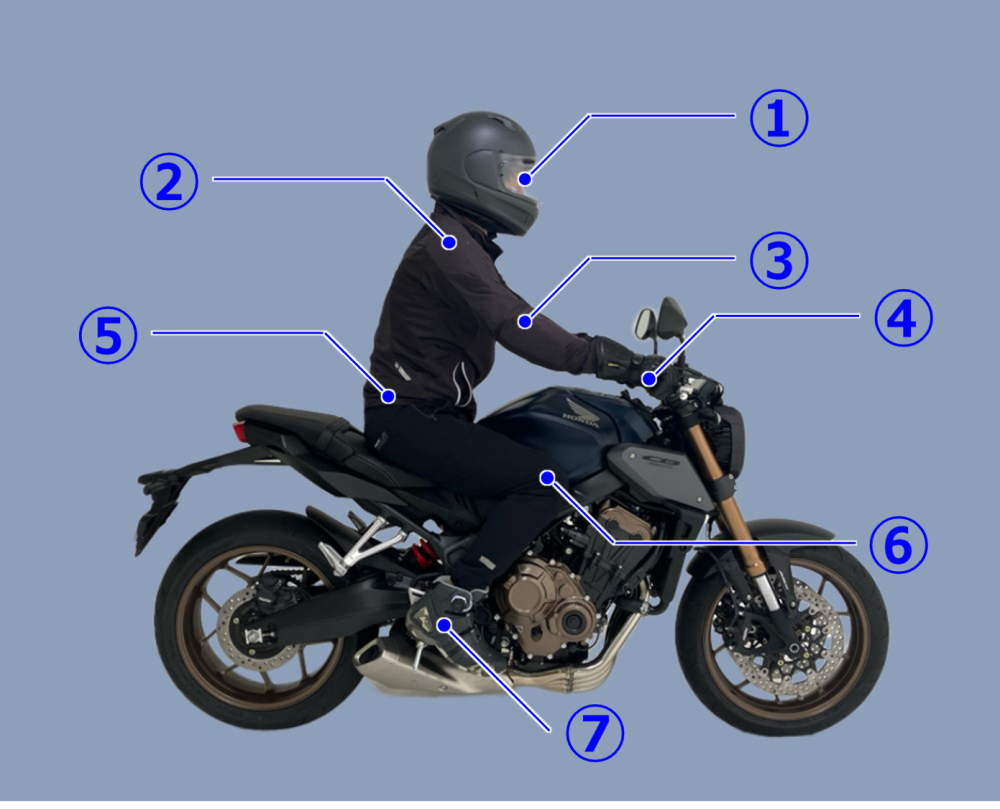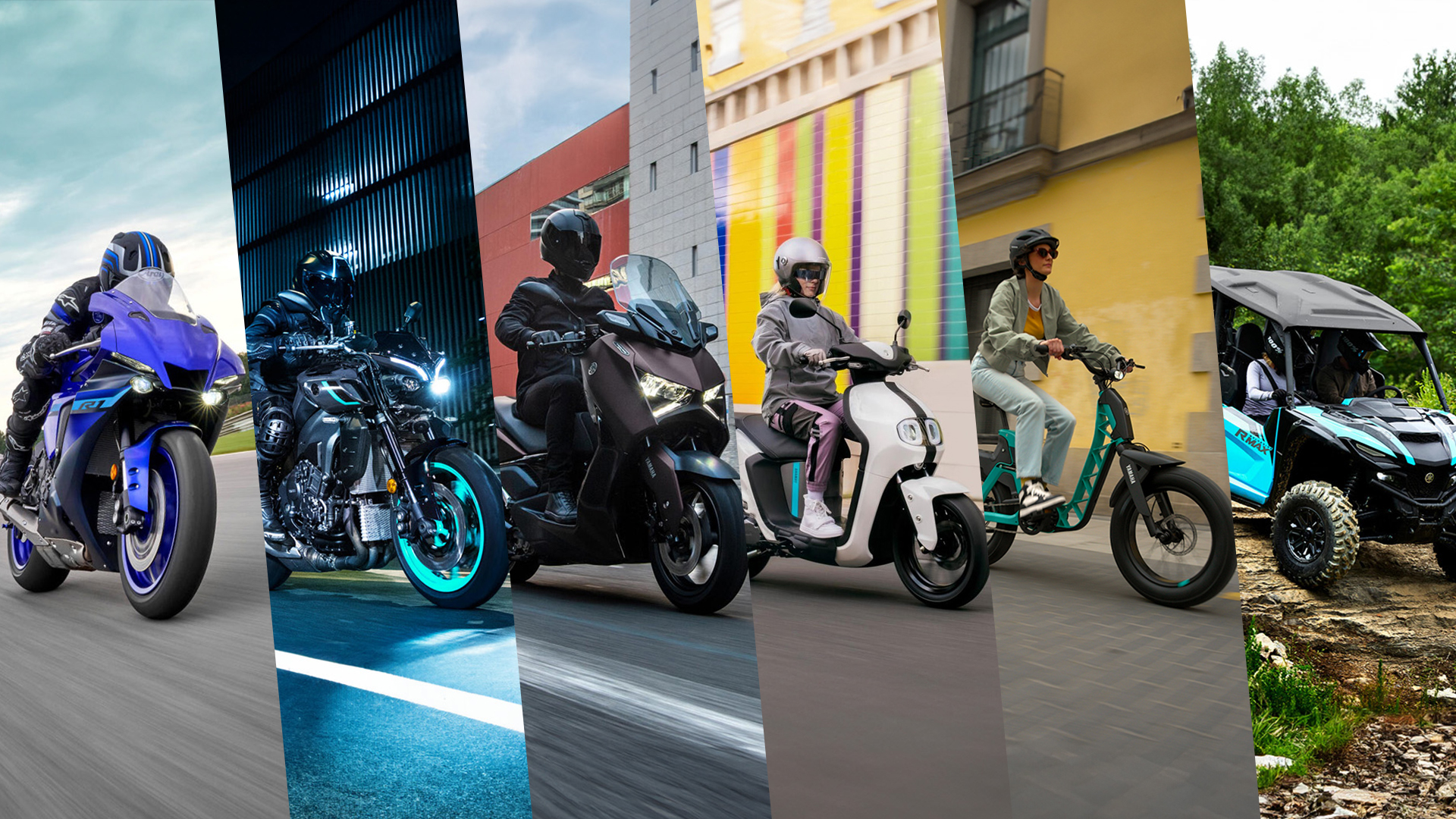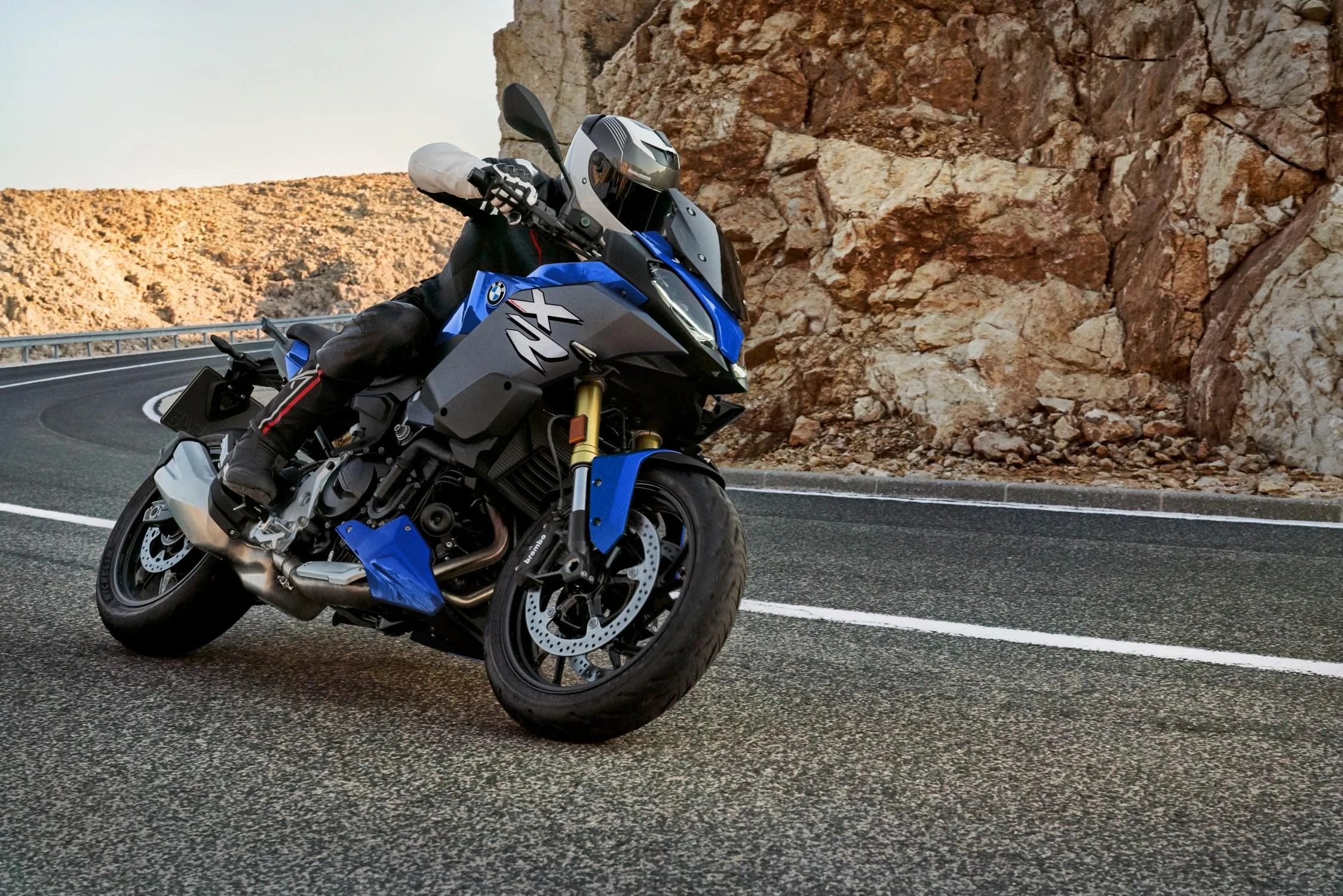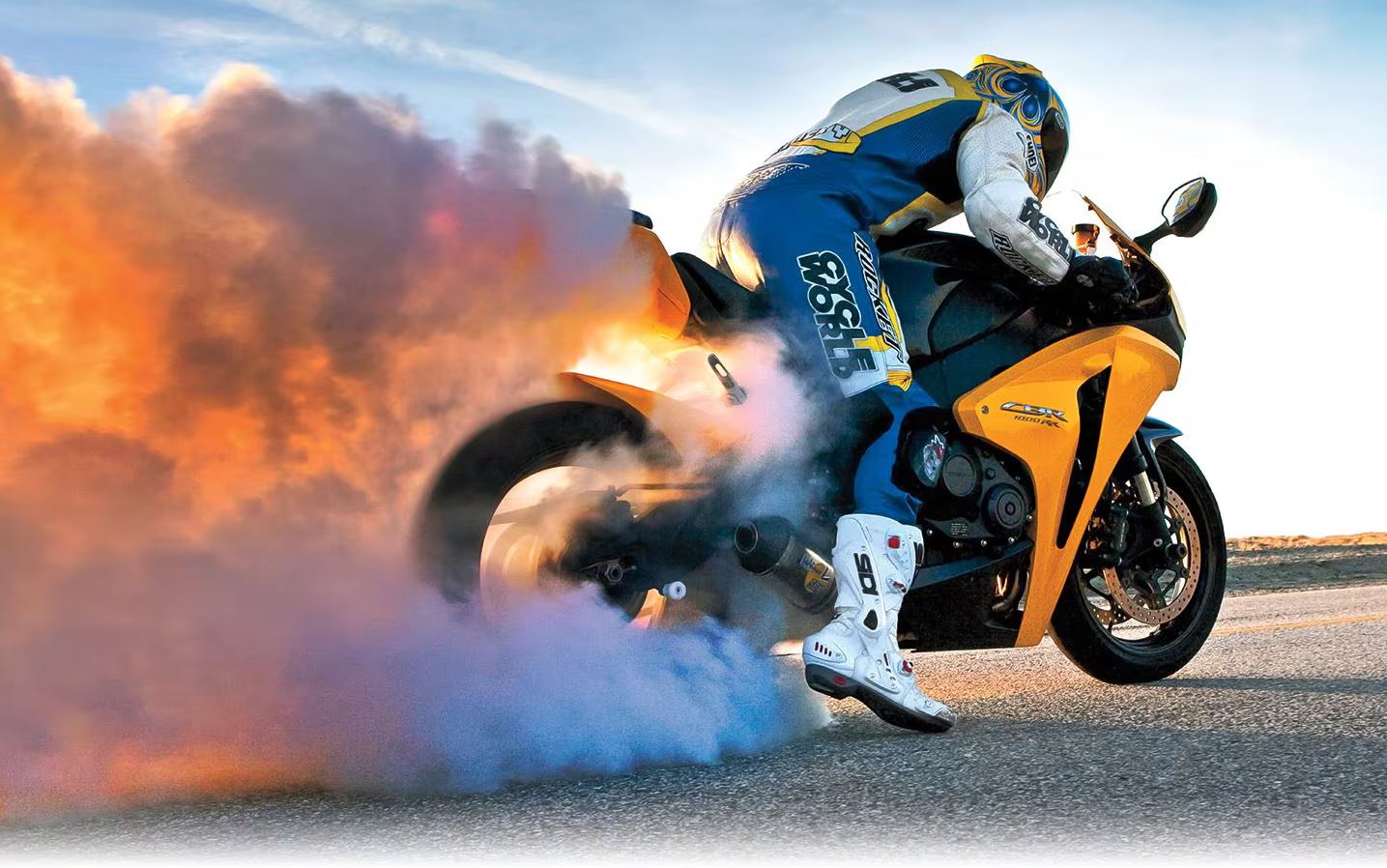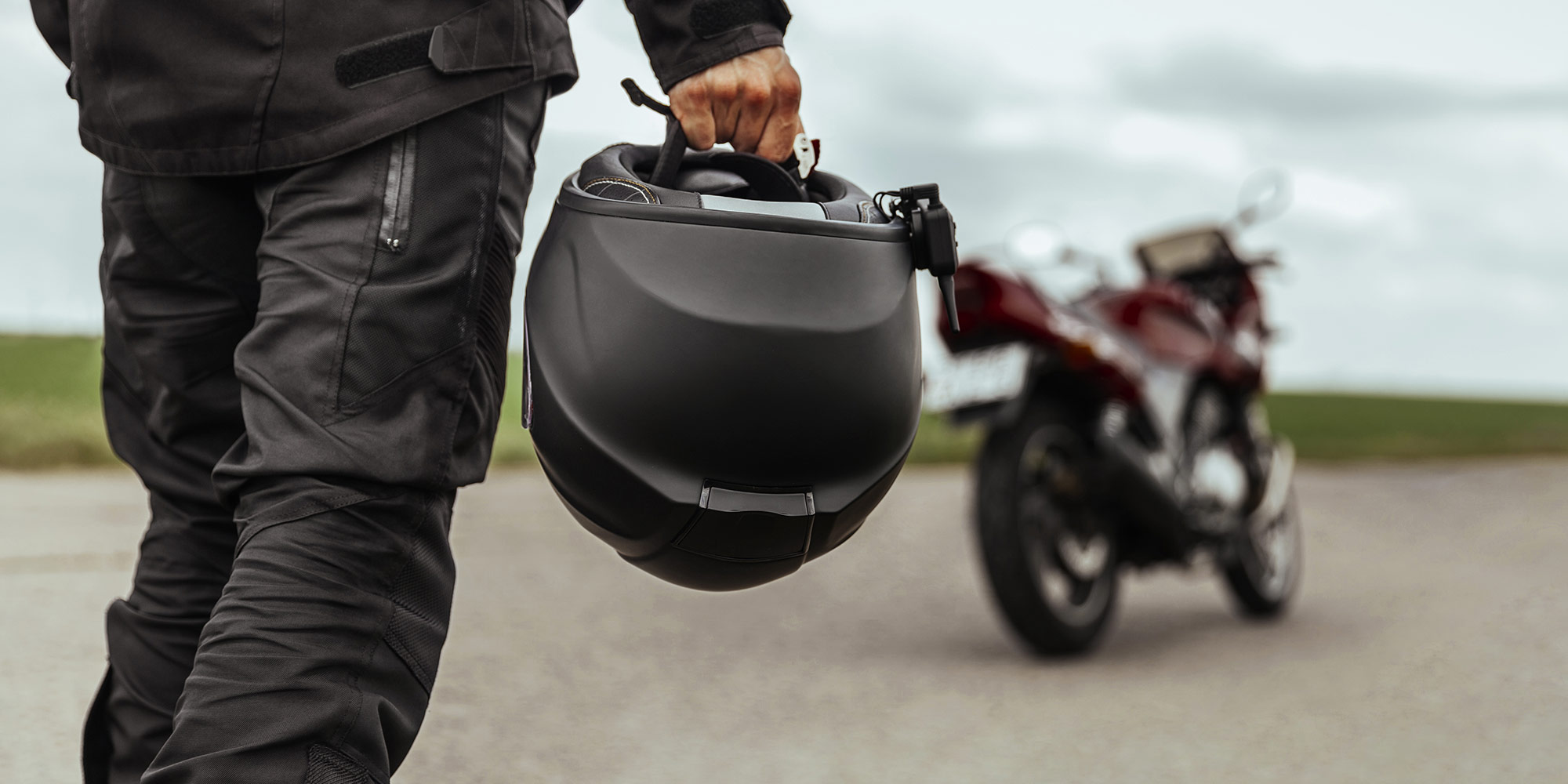Whether you’re buying your first motorcycle or your fifth, it’s an exhilarating process. It starts with a vision and when you’re finally staring at the bike in person, you’ve already imagined yourself on the open road, cruising on this two-wheel machine that represents adventure and adrenaline.
It’s an intoxicating feeling that gearheads and powersports enthusiasts can relate to, but it’s also easy to make mistakes during the buying process that could leave you with buyer’s remorse, especially if you’re a first time rider.
From choosing the wrong bike to overlooking essential safety and financial considerations, here are the most common mistakes motorcycle buyers make and how to avoid them.
Not Researching the Right Bike for Your Needs
Credit: American Motorcycle Trading Company
Knowing your riding style is paramount. Oftentimes, buyers will get caught up in the hype of aesthetic appeal or sheer power of a bike without fullying understanding how they plan to use it.
How many times have you heard of someone looking to buy a crotch rocket for the looks?
This isn’t a dig at those who love sportbikes (we love the Panigales just as much as you do), but it’s critical to match a bike to your personal riding needs. Bikes come with all kinds of use cases whether it’s commuting, cruising, off-roading, long distance touring, or even just your regular weekend warrior adventuring.
No bike is one-size-fits-all, and for someone who’s looking to commute daily in the hustle and bustle of city life, a lightweight and agile bike could be a better option than a hog. On the other hand, if cruising Route 66 is your dream, then opting for a comfortable ride like a touring bike or cruiser with cushy seats, a high-capacity fuel tank, and a large windscreen may be more your style.
Sportbikes are sleek and aggressive looking, built for speed and performance, but try to ride one long distance and your neck/back will be screaming at you. It’s one of the reasons why adventure bikes continue to gain even more popularity as they handle a mix of road and off-road conditions, making them versatile choices for those who like to explore both city streets and rugged trails.
Consider your specific riding habits before selecting a motorcycle. A mismatch can lead to frustration, discomfort, and wasted money.
Ignoring the Importance of Bike Fit
Credit: Honda Global
A common and often overlooked mistake is not ensuring that the motorcycle fits your body dimensions. As mentioned above, sportbikes cater to speed and performance which results in a hunched over riding position compared to an ADV bike and cruiser.
Unlike a car where you have a multitude of options to adjust your seats, mirrors, and steering wheel, a motorcycle has way more limited adjustability for comfort. If the bike’s too tall, it’ll be hard to balance. Too small, and you’ll feel like a giant sitting on a toy which will lead to cramping and discomfort on long rides.
It’s why dealerships have showroom models. Sit on the bike and see how it feels and contours to your body. Ask yourself these questions:
- Are you feet resting flat on the ground?
- Are the handlebars in a position with easy reach?
- Is the seat comfortable?
- Can you easily reach your controls with hands and feet?
Listen, we all have ideas in our heads about which bike is “our identity.” However, these are all critical factors to consider. A bike that fits poorly can lead to fatigue, soreness, and even accidents due to reduced control.
Just like clothing, comfort matters. Do yourself a favour and make sure it’s the right bike physically before you drop thousands of dollars.
Skipping the Test Ride
Credit: Yamaha Motor
Adding to the importance of bike fit, you never want to buy without a ride.
Failing to take a test ride is one of the biggest mistakes you can make, just like the folks who bought homes sight unseen as a bidding war tactic during COVID.
Any bike can look good on paper but actually riding it gives you insight into how the bike handles, how comfortable it feels (or not), and whether it’s truly a good fit for your riding style. You’ll be surprised that a bike may handle completely different from what you thought it would.
- Ask yourself these questions:
- How does the bike respond when you accelerate?
- Are the brakes strong and responsive, or do they feel weak?
- Does the bike feel stable around corners?
These are all important things to consider, especially if you’re considering a used motorcycle. Test rides can reveal potential mechanical issues that aren’t visible during a simple inspection.
Lastly, don’t skip getting a professional pre-purchase inspection either. Some buyers think they can spot problems on their own but it’s always better to have a trained mechanic on your side who can spot hidden issues. If a seller has proper documentation for maintenance, it’s a bonus and you can use this information to cross-reference whether the bike has indeed been properly maintained over its years, particularly for critical maintenance tasks like oil changes, brake fluid replacement, and chain adjustments.
It’s a relatively small investment compared to the potential expense of fixing a bike that wasn’t properly maintained.
Overlooking Total Ownership Costs
Buying a bike is no different from any other vehicle; you simply have to look beyond the sticker price and account for budgeting beyond the purchase price.
It can be financially unfeasible when prospective motorcycle owners focus on the upfront cost but fail to account for the long-term expenses associated with motorcycle ownership. There are costs such as insurance, gear, maintenance, fuel, registration, and even financing fees that can total thousands more.
For instance, insurance costs may vastly differ based on the type of motorcycle you buy, your age, and location. While motorcycle use is a high-risk activity in itself, premiums can be elevated for higher-risk segments such as sportbikes due to their performance rating and risk profile.
Depending on the brand of bike you purchase, you’ll find that maintenance and servicing costs are different as well, such as a Japanese Kawasaki Ninja compared to a European BMW R 1250 RS.
We always recommend riding with full gear and following the ATGATT philosophy (all the gear, all the time). Riding gear is essential for safety which will undoubtedly add hundreds of dollars to your upfront cost at a minimum.
Make sure you itemize these factors and budget for these items to avoid financial surprises down the line.
Ignoring Warranty and Service History
Credit: Pexels / Cotton Bro
When shopping for a used motorcycle, reviewing the service history is crucial as you can also check whether the bike is still under warranty (if relatively new). A well-documented service history can give you peace of mind that the previous owner took good care of the bike. Conversely, a lack of maintenance records could signal that the bike has been neglected, which could mean costly repairs in the future.
A bike still under warranty can also protect you from some of these potential issues, as certain repairs and services may be covered. Ask the seller for any receipts, manuals, or documentation related to the bike’s upkeep to ensure you’re making a sound purchase.
If you’re buying a new bike, you’ll also want to be aware of consumer rights in the event that you buy a lemon. For the uninitiated, a lemon vehicle refers to a vehicle that has significant manufacturing defects that affect its safety, value, or use. These defects are typically not repairable even after multiple attempts by the manufacturer or dealership. Lemon vehicles often have chronic issues with the engine, transmission, brakes, or electrical systems, which can make them unreliable and potentially dangerous to drive.
It’s one of the worst things that could happen when you pay thousands to drive a brand new bike off the lot, just to find that you have to take it back for multiple fixes. Usually, states have “lemon laws” to protect consumers who unintentionally purchase defective vehicles. Under these laws, if a vehicle is deemed a lemon, the manufacturer may be required to replace it or refund the purchase. However, if a manufacturer is uncooperative, you can always seek out experts such as the Lemon Law Group Partners, a law firm who specializes in these cases.
Focusing Too Much on Power
Credit: Cycle World
Bigger isn’t always better (that’s what she said).
For newbies, it can be tempting to go with the biggest engine. We hear it all the time.
“If you buy a bigger bike, you can grow into it.” Not always the case.
More power isn’t necessarily better because riding is a learning curve that can take years to master. High performance motorcycles can be difficult to control for inexperienced riders, or give them a false sense of security which ends badly.
Some riders think that buying a 1000cc motorcycle will save them from having to upgrade, but these higher displacement bikes accelerate extremely fast and if you’re not used to handling that amount of power, it’s a recipe for disaster.
Starting with a lower-powered motorcycle allows you to develop crucial skills like throttle control, cornering, and braking without the added risk of too much speed. Once you’ve gained enough experience and feel confident in your abilities, you can always upgrade to a more powerful bike.
Neglecting Safety Gear
Driving around town during the summer, you’ll catch a glimpse of riders wearing nothing but a helmet, t-shirt, and jeans. Don’t skimp on safety, folks.
As we mentioned earlier, the other protective gear is just as important. It’s literally designed to save your ass (no pun intended). Helmets, jackets, gloves, and boots are essential items for any rider.
A full-face helmet is strongly recommended, as it offers the most protection in the event of an accident. Look for helmets that meet safety certifications like DOT, ECE, or Snell for the best protection.
Riding gear provides abrasion resistance and protects you from the elements, while boots with reinforced ankles can help prevent foot injuries. When you go into a slide doing 60mph and the asphalt meets your denim jeans, you may as well be buck naked. It literally takes seconds for the pavement to strip away the material and then it’s skin on the pavement.
Buying quality gear might seem expensive upfront, but it’s an investment in your safety and comfort. Remember, you can always save money on accessories or aftermarket parts, but never cut corners when it comes to safety gear.
Get Ready To Buy
These common motorcycle-buying mistakes can cost a lot of time, money, and headaches but by researching options, ensuring a good bike fit, budgeting for total cost of ownership, and accounting for additional expenditures like safety gear, you’ll be confident in your decision.
Whether you’re a first-time buyer or an experienced rider, these tips will help you avoid the pitfalls and get the most enjoyment out of your motorcycle.


